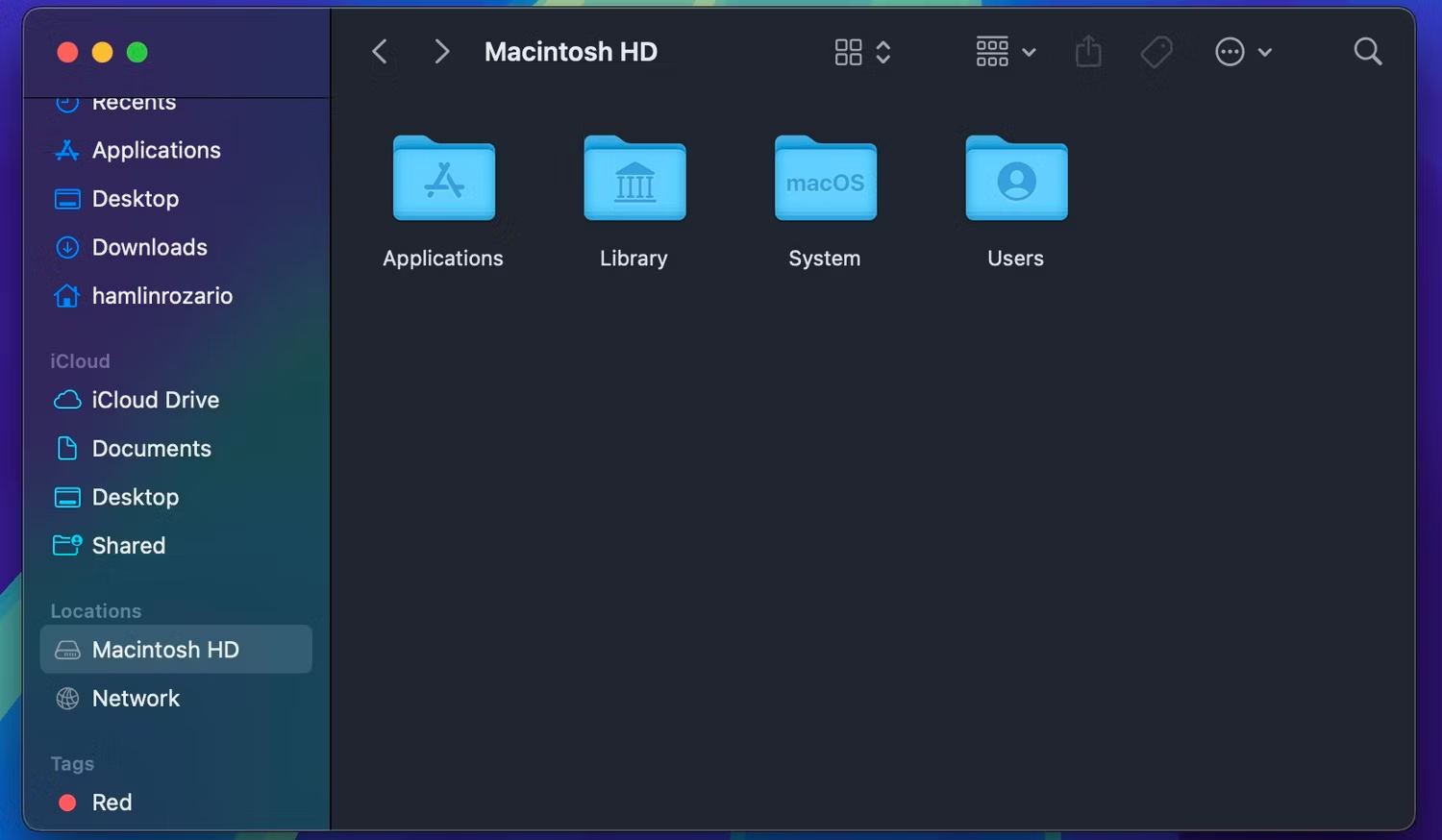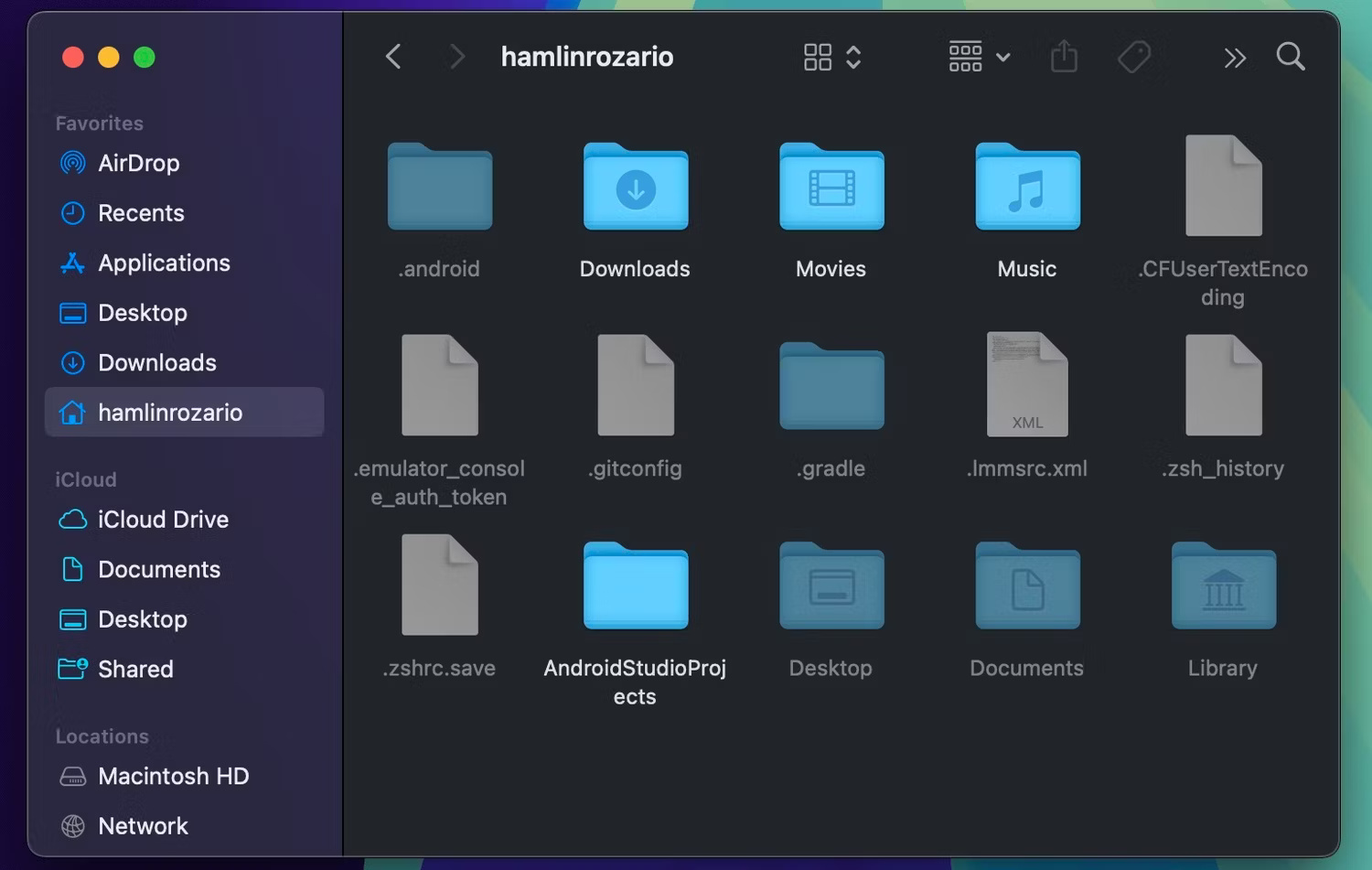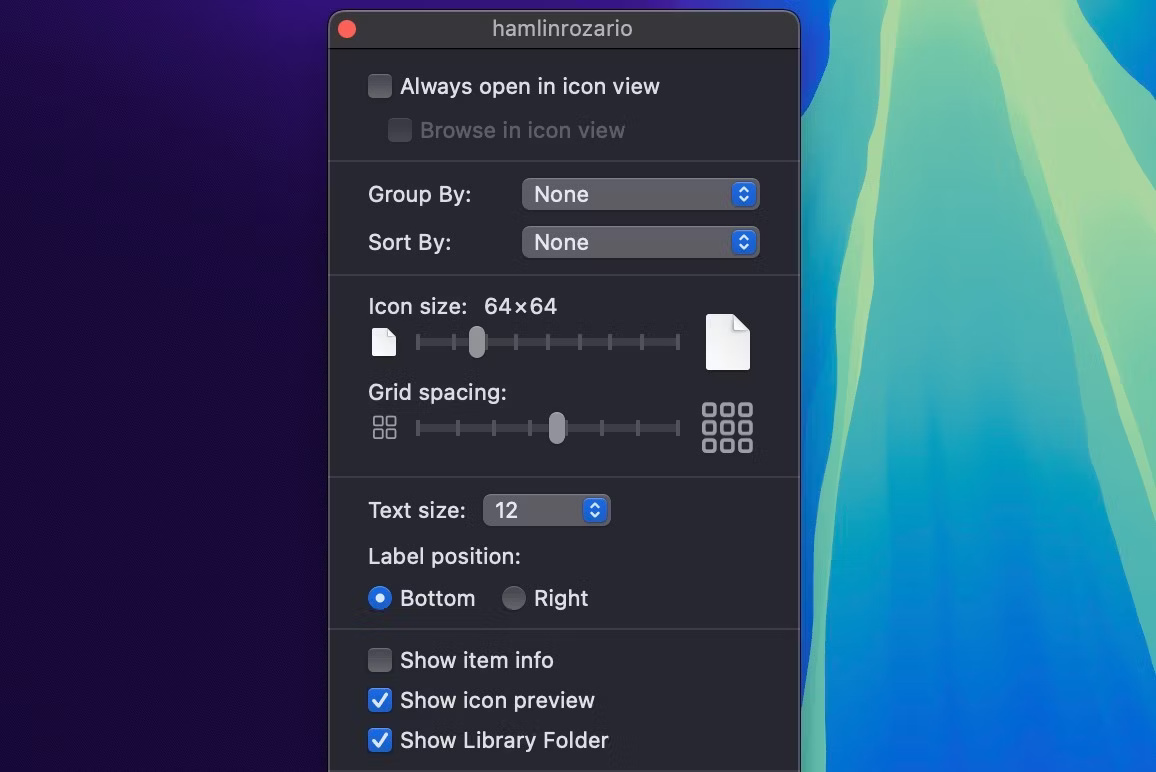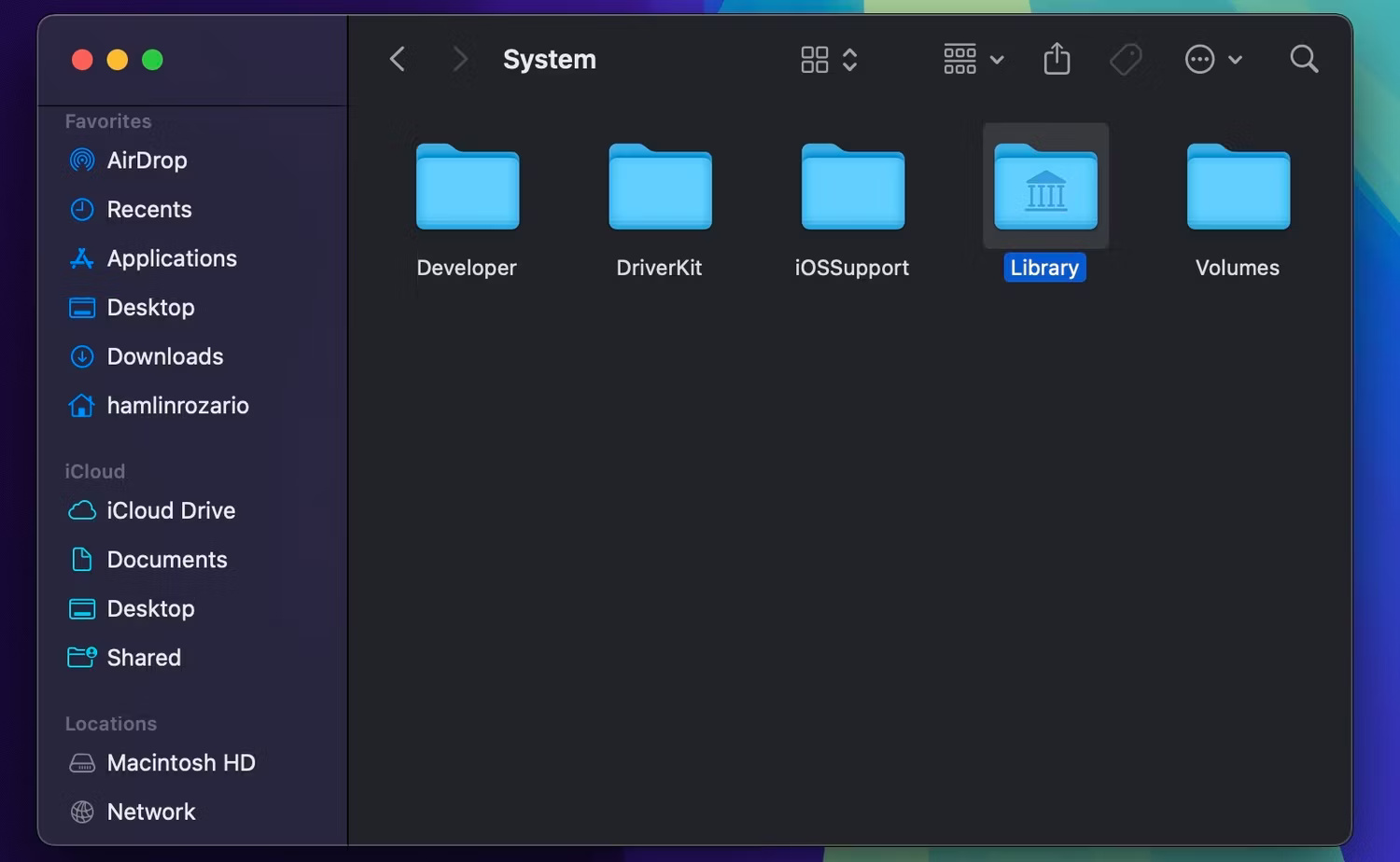How to open the Library folder on Mac
Macs have Local, User, and System Library folders, which you can access from different folders. Of these 3 folders, the User Library folder is hidden by default in macOS. The article will show you how to access all the folders below because the steps are a little different.
Open the Local Library folder on your Mac
You will find the Local Library folder at the root of your Mac's hard drive. This folder is shared by all user accounts on the Mac. This folder contains system-wide settings and items such as screensavers, wallpapers, and applications that share their data and settings with other users on the system. Apple does not recommend storing files and folders here.
To access the Local Library folder, open a Finder window and select your Mac's hard drive, usually named Macintosh HD , in the Locations section in the sidebar. You will see the Local Library folder on the right. Double-click that folder to view its contents.

Open the User Library folder on your Mac
As the name suggests, the User Library folder is specifically for Mac user accounts. Here, you will find user-specific application data, support files, Mail preferences, browsing history, etc. Although the User Library folder is hidden by default, you can still easily access it. Easily accessible from the macOS menu bar with a simple shortcut.
Click Go in the menu bar and hold the Option key to display the Library option in the drop-down menu. Then, click that option to display all the files and folders inside.

Alternatively, you can open a Finder window, select the Home folder in the sidebar, and press Command + Shift + Period (.) to reveal the hidden User Library folder. Doing this also allows you to view other hidden files on your Mac.

If you want Finder to permanently display the User Library folder, select the Home folder in Finder and click View > Show View Options from the menu bar. Then, check the box next to Show Library Folder in the pop-up window.

You can also open the User Library folder by clicking Go > Go to Folder from the menu bar and entering ~/Library in the dialog box.
Open the System Library folder on your Mac
This Library folder contains all the files that macOS needs to function properly. Due to System Integrity Protection (SIP), you will not be able to modify and delete the contents of this folder. Only system-level events can affect files within it.
Accessing the System Library folder is as easy as accessing the Local Library folder. Open a new Finder window and select your Mac's internal hard drive ( Macintosh HD ) in the Locations section in the sidebar. Then go to System > Library on the right.

Alternatively, you can click Go > Go to Folder from the menu bar, type /System/Library and press Return to open.
These are the easiest ways to open all Library folders on Mac. You may often want to access the User Library folder to free up space on your Mac by deleting cache files, log files, and other leftover files. But you shouldn't delete anything from here unless you know what you're doing.
 Steam now prioritizes helpful reviews over useless jokes and memes
Steam now prioritizes helpful reviews over useless jokes and memes 5 reliable sources of slideshow templates for presentations
5 reliable sources of slideshow templates for presentations Instructions for viewing link summary content on Chrome
Instructions for viewing link summary content on Chrome AMD Ryzen 9000 CPU runs on Linux for higher performance than Windows 11
AMD Ryzen 9000 CPU runs on Linux for higher performance than Windows 11 Threads now allows users to save multiple drafts, introducing new tools for creators
Threads now allows users to save multiple drafts, introducing new tools for creators Microsoft is finally increasing the FAT32 size limit
Microsoft is finally increasing the FAT32 size limit